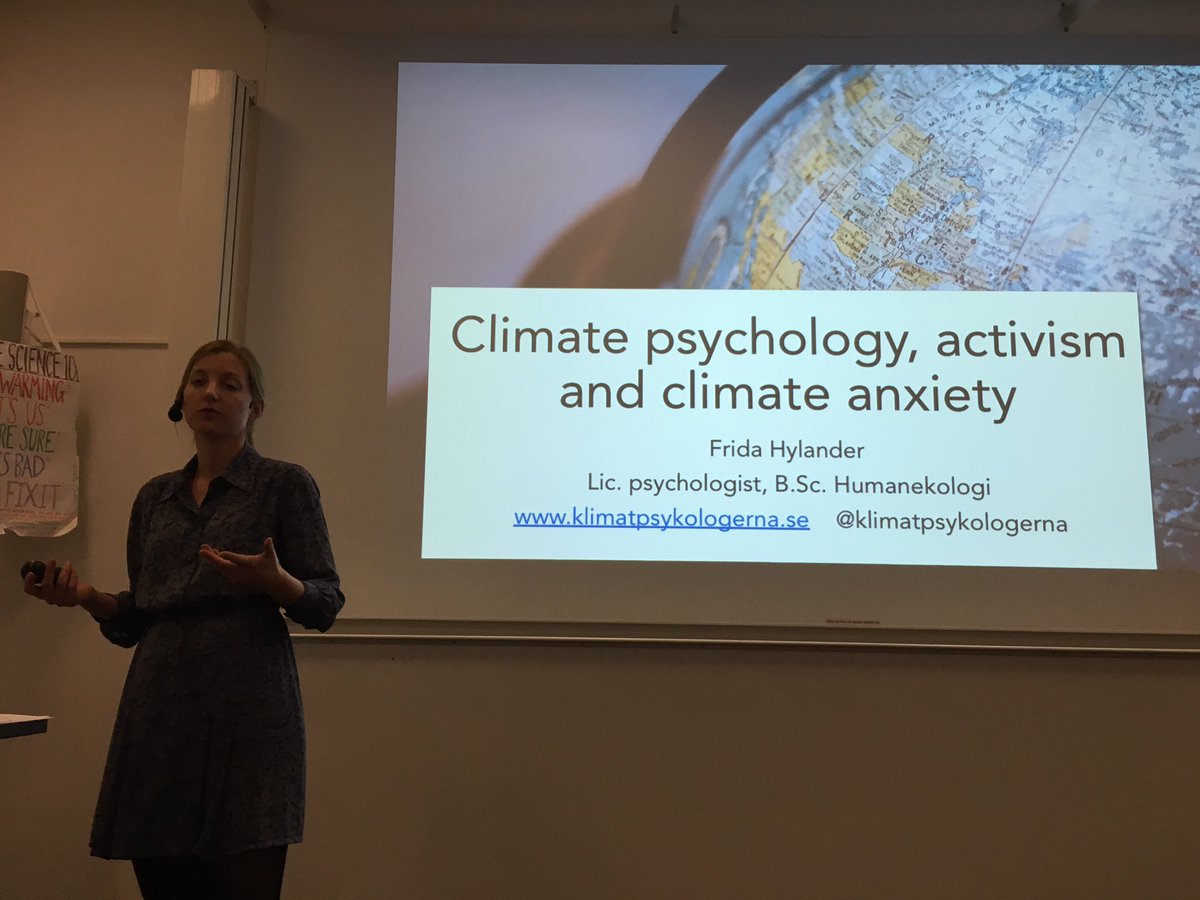Now let's talk about ozone.
Schönbein in 1839. It was a subject of modest interest for some researchers, but it wasn't really a great focus until the later part of the decade, where physicists were having a problem with the sun.
acd-ext.gsfc.nasa.gov/People/Stolars…





